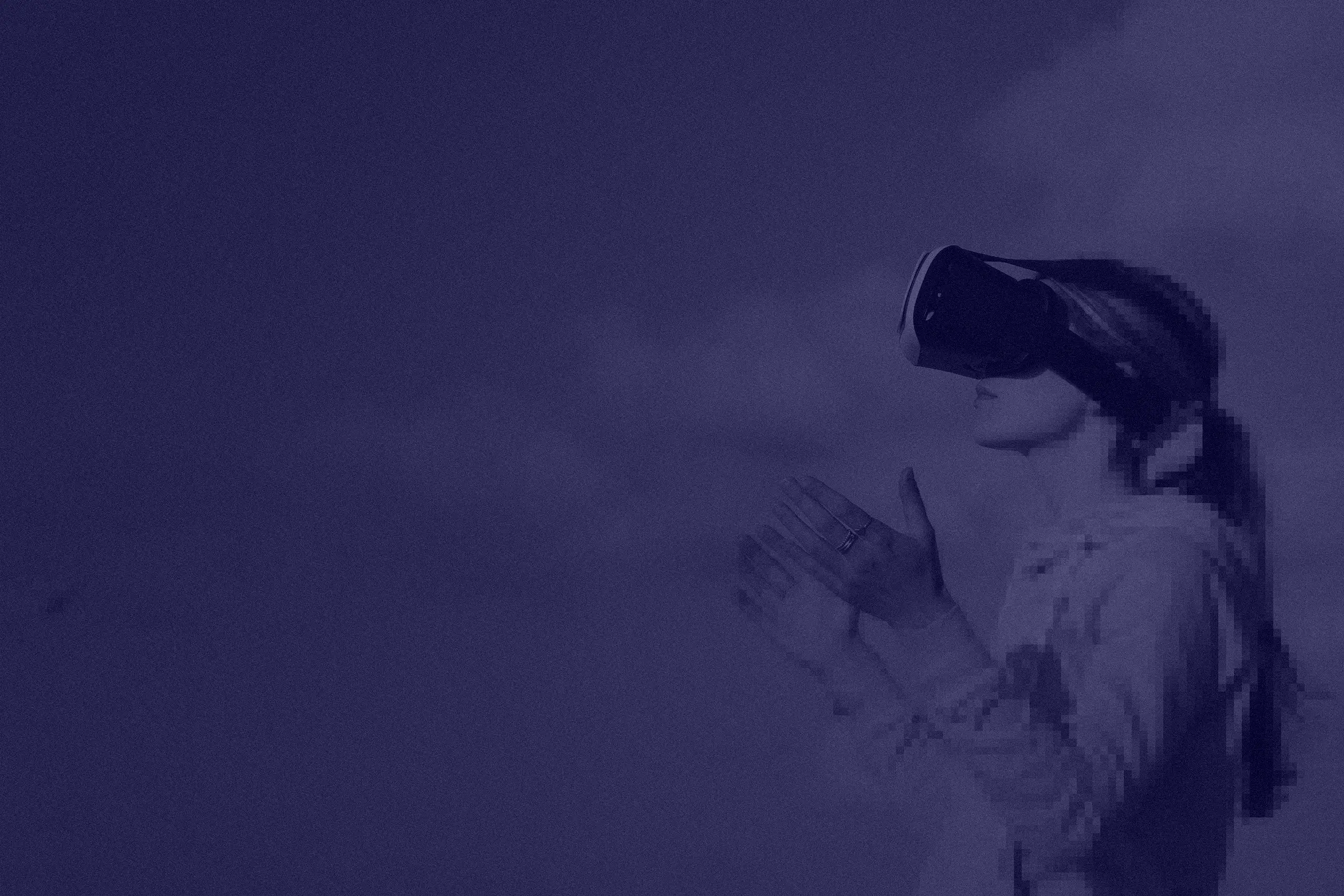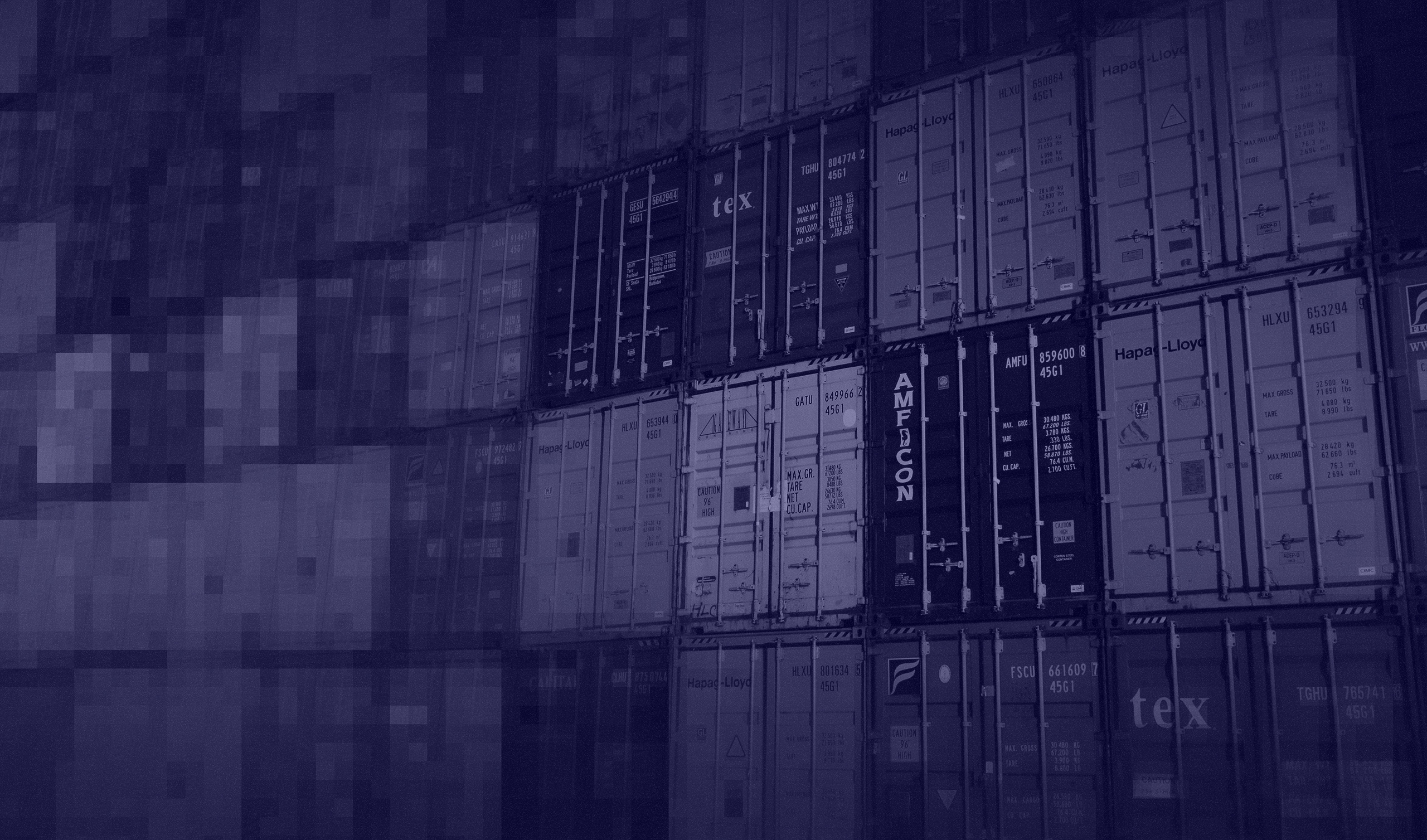Threats Overview
Hunt & Hackett is continuously monitoring the threat landscape of several important sectors. Threats come and go, from global threats like ransomware to more targeted sector-specific threats. The more knowledge you have on the threats that are actually relevant for your specific sector and organization, the better, easier and more cost-efficient your cybersecurity strategy will be.
On this page you will find high-level threat insights in the sectors we protect, as well as an overview of each attacking country and actor we have researched.
Request a free membership to access our full research insights
Global threat landscape
What are we currently facing?
Advanced Persistent Threats (APTs)
Tactics, Techniques & Procedures (TTPs)
Attack tools
Top-20 Actors
By amount of Operations
Sectors
View the details per sector
Actors per Country
Who are we defending against?
Hunt & Hackett is continuously monitoring the activity of Advanced Persistent Threats (APTs). Although the background and exact motivation is unique for each actor, most actors can be linked to a limited set of countries. When zooming out to a country level, typical patterns and motivations per country become visible. Some countries show up more often in our data than others, these are shown below.
Threats come and go, from global threats like ransomware to more targeted sector-specific threats. The more knowledge you have on the threats that are actually relevant for your specific sector and organization, the better, easier and more cost-efficient your cybersecurity strategy will be.
🇮🇷 Iran
Despite having less sophisticated cyber capabilities than other nation states, Iran’s APTs have made a notable impact on the global threat landscape. Leveraging a mix of state-sponsored units, universities, and contractors, Iran focuses on espionage, information theft, and disruption. Its activities in cyberspace are strongly motivated by regional interests and protection of the Iranian regime. Hunt & Hackett currently tracks the activity of 60 distinct Iranian threat actors.

APT34
APT34, or OilRig, is an Iranian threat actor with ties to the Ministry of Intelligence. The group’s motivations include espionage and information theft, and they have been known to target governments and the defense sector. Discover their recent campaigns, tactics, and how to defend against them.

Charming Kitten
APT35, also known as Charming Kitten, is a versatile and scrappy threat actor associated with Iran’s Islamic Revolutionary Guard Corps (IRGC). The Kittens have been linked to several high-profile attacks, including the 2017 HBO hack and interference in the 2020 US presidential election.

Silent Librarian
Silent Librarian is an IRGC-linked group that has mastered the art of spear phishing since it emerged in 2013. The group is typically leveraged for information theft and espionage targeting Western states. Learn which tactics the group uses to infiltrate organizations and steal valuable information.
🇷🇺 Russia
Russia boasts a collection of highly advanced, mature APTs who have been behind some of the most notorious cyberattacks in history. It leverages these groups to conduct espionage, disrupt critical infrastructure, and spread disinformation campaigns designed to influence public opinion and destabilize global political systems. Russia also houses a collection of proxies and organized crime groups who conduct opportunistic attacks for financial gain. These groups dominate the global ransomware market and have been a major driver of the Ransomware-as-Service model seen in recent years. Hunt & Hackett currently tracks the activity of 74 Russian threat actors.
🇨🇳 China
China is one of the most advanced nations in terms of leveraging cyber capabilities to further its strategic objectives. Substantial investments in the national cyber apparatus have spawned vast networks of APTs, hacktivists, and contractors, who typically focus on espionage, information theft and disruption. The broad goals of China’s cyber strategy are maintaining territorial integrity, growing the economy, and modernizing its military. Hunt & Hackett currently tracks the activity of 29 Chinese APTs.
🇹🇷 Turkey
Turkey has increasingly utilized cyberspace to advance its geopolitical agenda. In recent years, Turkish APTs have been linked to attacks on regional neighbours Greece, Cyprus, and Iraq. Turkey is also known to target domestic organizations it views as threatening, as well as Turkish dissidents. In 2023, Hunt & Hackett observed cyberattacks in the Netherlands targeting telecommunications, IT-service providers, ISPs, and the media, specifically Kurdish websites. The stolen information is likely to be exploited for surveillance of specific groups or individuals. Read the Seaturtle profile below to learn more.
🇰🇵 North Korea
North Korea leverages its cyber capabilities as a way of circumventing international sanctions and funding its nuclear and ballistic missile programmes. It houses several large teams of hackers whose motivations include espionage, information theft, disruption, and financial gain. The broad goals of North Korea’s cyber strategy are safeguarding the regime, maintaining territorial integrity, and achieving military and economic self-reliance. Hunt & Hackett currently tracks the activity of 19 North Korean threat actors.

Lazarus
The Lazarus Group is one of the most prolific and eccentric threat actors on the global stage. Having orchestrated some of the world’s most high-profile attacks, including the Sony hack, Bangladesh bank heist, and infamous WannaCry attacks, they are considered a formidable adversary.
Our approach
Controlling your cybersecurity risks
In their fight against cyber-attacks, our customers typically go through several stages of maturity. By ramping up their prevention, detection, and incident readiness over time – and optimizing this for their actual threat landscape – they reach a point where they have developed solid resilience against targeted attacks, with only highly controlled and accepted risks remaining.
There is no simple 'fix' to become resilient against the sophisticated cyber threats of today. Without serious resources or processes for systematic security activities, protection against modern cyber threats like ransomware is just a wish. Hunt & Hackett has developed a unique threat- and sector-driven approach to cybersecurity, enabling you to work from your current situation to a highly improved and controlled situation, optimized for your specific threat landscape and context as an organization.

STAGE 1: Unknown risk
Pre-monitoring
-

STAGE 2: Reduced risk
Post-monitoring
-
Detection & response controls
Resilience against non-targeted attacks

STAGE 3: Controlled risk
Implemented roadmap
-
Resilience against non-targeted and semi-targeted attacks

STAGE 4: Highly controlled risk
Targeted attack resilience
-




Our services
Optimized for your specific sector
Because we use your actual threat landscape and your sector as our starting points, our services are optimised for your specific context and needs.
Managed Detection & Response (MDR)
We detect & react to attacker activity in your environment, minimizing the impact on your business.
Security Program Gap Assessment (SPGA)
We assess your current security program, threat landscape, security controls and risk.
Threat Hunting (TH)
We proactively hunt for evidence about unknown threats to improve your security posture.
Breach & Attack Simulation (BAS)
We validate your security choices by simulating attacks.
Incident Response (IR)
We help you manage a cyber crisis and contain security incidents, breaches and cyber threats.












